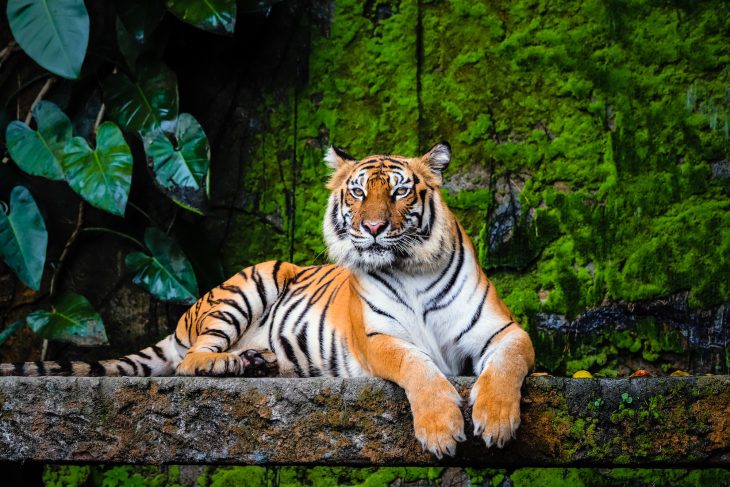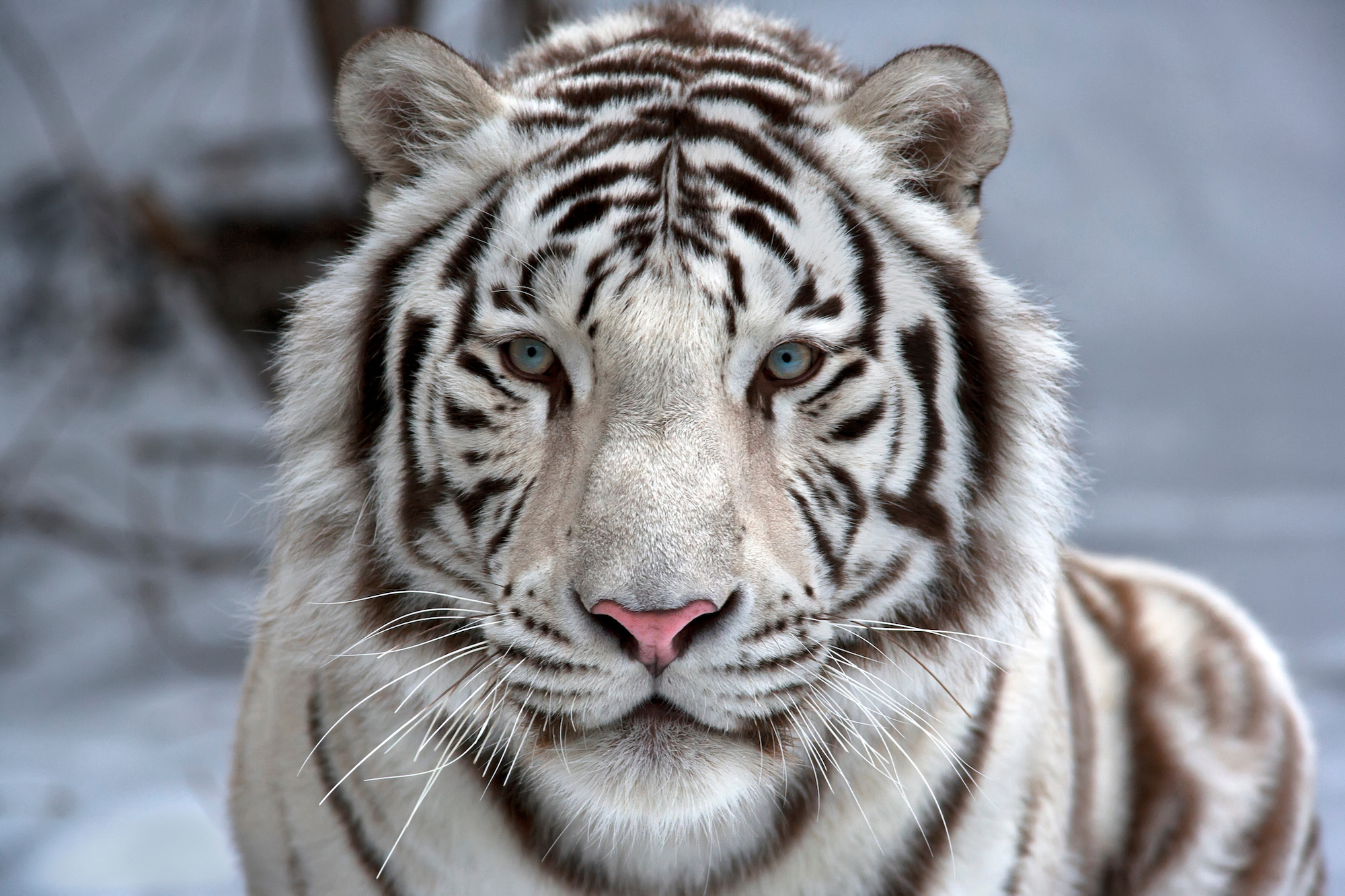
From India to Russia, the Bengal tiger is one of the most recognizable predators in Asia. This majestic species of big cat is well known for its striking orange fur and black-striped coat, but there’s a lot more to this beautiful animal than meets the eye. If you want to learn more about this beloved predator, then look no further! In this article, we’ll explore 18 incredible facts about the Bengal Tiger that will amaze and astound readers around the world. From their size and diet to their natural habitats and behavior patterns, come along as we take an in-depth look into what makes them such fascinating creatures.
They are the largest member of the cat family.
The Bengal tiger is the largest species among the ‘big cats. Males can grow up to 10 feet long and weigh between 400 to 570 pounds. Despite their size, Bengal tigers are known for their agility and strength.
They have unique stripes.
Each Bengal tiger has a unique pattern of stripes, much like human fingerprints. These stripes help them camouflage in the tall grasses while hunting for prey.
Bengal tigers are a symbol of strength in the Indian culture.
The Bengal tiger has a significant place in Indian culture, often associated with strength, courage, and power. It is also the national animal of India.
Not all bengal tigers are orange.
While the classic orange and black striped Bengal tiger is well-known, some tigers have a genetic condition called leucism, which makes them white. These are known as White Bengal tigers.

They have a carnivorous diet.
Bengal tigers are carnivores and mostly feed on large mammals such as deer, wild boar, and occasionally even young elephants.
Bengal tigers are solitary creatures.
Bengal tigers are solitary animals. They are fiercely territorial and mark their territories with urine, feces, and scratch marks on trees.
They can swim very well.
Unlike many members of the cat family, Bengal tigers are excellent swimmers. They often soak in water bodies to cool down and can hunt in water.
Bengal tigers are night predators.
Bengal tigers are nocturnal creatures. They hunt primarily at night when the temperatures are cooler, and their prey is less alert.
Their conservation status is currently Endangered.
The Bengal tiger is currently listed as “Endangered” on the IUCN Red List. Habitat loss and poaching are the main threats to their survival.
The Indian government started a Project Tiger movement.
Initiated in 1973 by the Indian Government, Project Tiger is a wildlife conservation movement aiming to protect the Bengal tiger and its habitats.
They have an average lifespan of 15-20 years.
In the wild, Bengal tigers can live up to 15 years. In captivity, with regular access to food and veterinary care, they can live up to 20 years.

Bengal tigers mate and reproduce.
Bengal tigers usually mate during the cooler months. The gestation period lasts about 3.5 months, and a litter can consist of 1 to 4 cubs.
Female Bengal tigers have maternal instincts.
Female Bengal tigers are devoted mothers. They take care of their cubs until they are about 2 years old and can fend for themselves.
They play a part in literature.
Bengal tigers have been featured in many works of literature, from Rudyard Kipling’s “The Jungle Book” to Yann Martel’s “Life of Pi“.
They have a strong roar power.
A Bengal tiger’s roar can be heard up to 2 miles away! They use their roar to communicate, especially to announce their presence to other tigers.
Bengal tigers have impressive speed and strength.
Bengal tigers can reach speeds up to 60 km/h (37 mph) and are powerful enough to drag prey larger than themselves.
Bengal tigers have a “sixth sense”.
Bengal tigers, like other cats, have a specialized sensory organ called the Jacobson’s organ in the roofs of their mouths. This “sixth sense” allows them to detect certain scents and pheromones, which is particularly useful during mating season or when marking their territory.
They play a crucial role in the ecosystem.
Bengal tigers play a crucial role in maintaining ecological balance. As apex predators, they help control the population of herbivores, which in turn influences the vegetation and overall health of the ecosystems they inhabit.
Conclusion
While they may not look like it on the surface, Bengal tigers are some of the most intricate animals in the wild, and knowing a few facts about them only further shows how extraordinary they truly are. Over recent years, human development has drastically decreased their natural habitats and numbers in the wild, which is sadly one of the biggest forms of destruction to their kind. It’s up to us as conservationists and animal lovers to help protect this species from extinction by raising awareness and speaking out for those who have no voice. May we continue to think about ways we can be more compassionate towards nature so that these majestic creatures may be with us for years to come.
Was this page helpful?
Our commitment to delivering trustworthy and engaging content is at the heart of what we do. Each fact on our site is contributed by real users like you, bringing a wealth of diverse insights and information. To ensure the highest standards of accuracy and reliability, our dedicated editors meticulously review each submission. This process guarantees that the facts we share are not only fascinating but also credible. Trust in our commitment to quality and authenticity as you explore and learn with us.
